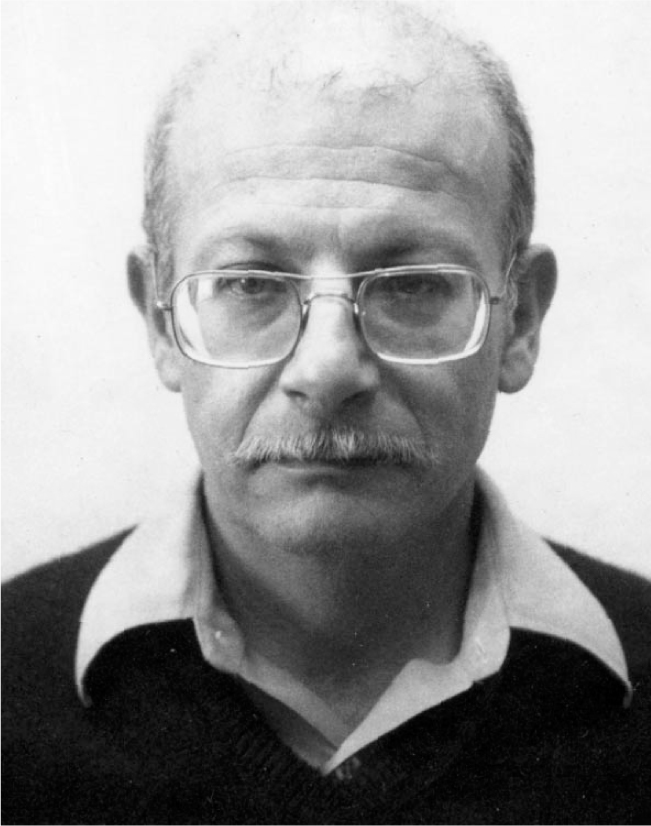Thomas Emanuel Feuchtwang
DOI: 10.1063/1.1381118
Thomas Emanuel Feuchtwang, an emeritus professor of physics at Pennsylvania State University, died 10 August 2000 in Boynton Beach, Florida, following a lengthy battle with Parkinson’s disease.
Emanuel’s life was exciting, both scientifically speaking and otherwise. Born in Budapest on 21 May 1930, he moved to Palestine and what would subsequently become the State of Israel, whose independence he fought for in 1948. Five years later, he came to the US as a student. He earned all of his degrees in electrical engineering: a BEE from the Georgia Institute of Technology in 1953, an MS from Caltech in 1954, and a PhD in microwave theory from Stanford University in 1959.
The following year, Emanuel joined the University of Illinois at Urbana-Champaign as a postdoctoral fellow in the physics department. His research involved theoretical collaborations with the experimental group on color centers, headed by Charles P. Slichter, and the group on the Mössbauer effect, headed by Hans Frauenfelder. In 1962, he moved to the University of Minnesota, Twin Cities, where he worked with Bill Peria on surface-lattice-dynamical effects in low-energy electron diffraction.
Emanuel came to Penn State as a tenured associate professor in 1965; he remained at the university for the rest of his career. His initial research interests were in electron emission and tunneling phenomena. He developed, in his inimitable style, a rigorous tunneling theory that avoided the transfer Hamiltonian formalism. He also worked extensively on electron spin polarization in field emission and photoemission. While at Penn State, Emanuel held numerous visiting academic and industrial appointments, both nationally and internationally, including the following: Cornell University; Westinghouse Laboratories in Pittsburgh; Tel Aviv University; the Technion–Israel Institute of Technology in Haifa; the University of Hawaii at Honolulu; and Cambridge University.
The major emphasis of Emanuel’s research during the latter part of his career was on electronic and atomic properties of surfaces and, in particular, the scanning probe microscopy and spectroscopy that were made possible by the development of the scanning tunneling microscope and its derivatives. Much of this research was related to the issues of what exactly could be learned from these initial experiments with an STM and what potential information might be gleaned from future experiments.
Emanuel was also an accomplished scholar outside of science. He read Western and Near Eastern literature extensively, and was versed in the classical and contemporary histories of the same regions. He spoke English, French, German, and Hebrew and studied Aramaic. He also was a serious biblical scholar.
Emanuel approached many nonscientific problems with the same intensity and persistence that he brought to his research. One of his greatest passions was his unswerving support of the State of Israel. Yet he retained a deep understanding and respect for Arab culture and history.
Emanuel was a remarkable scientist, who stimulated and was admired by physicists worldwide. He leaves behind, among colleagues and friends, memories of his broad scientific, intellectual, and cultural interests.


More about the Authors
Milton W. Cole. Pennsylvania State University, University Park, US .
Paul H. Cutler. Pennsylvania State University, University Park, US .
Heinz K. Henisch. Pennsylvania State University, University Park, US .
